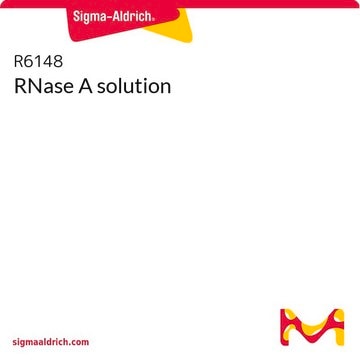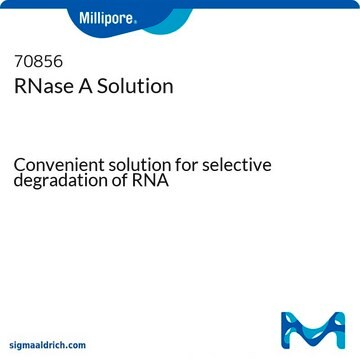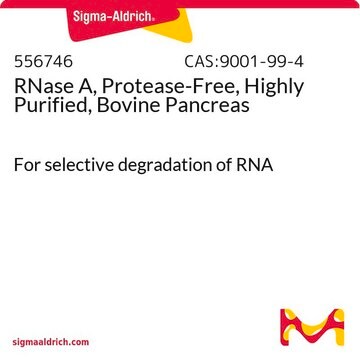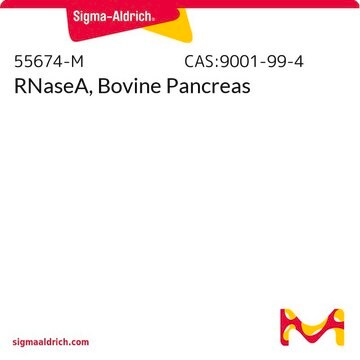The mg/mL concentration of this product is lot dependent and reported in the product Certificate of Analysis. The specification for the concentration is 20 - 40 mg/mL. Please see the link below to review a sample or lot specific Certificate:
https://www.sigmaaldrich.com/product/sigma/r4642#product-documentation
Please see the link below to review additional information is the product datasheet:
https://www.sigmaaldrich.com/deepweb/assets/sigmaaldrich/product/documents/316/984/r4642dat.pdf










